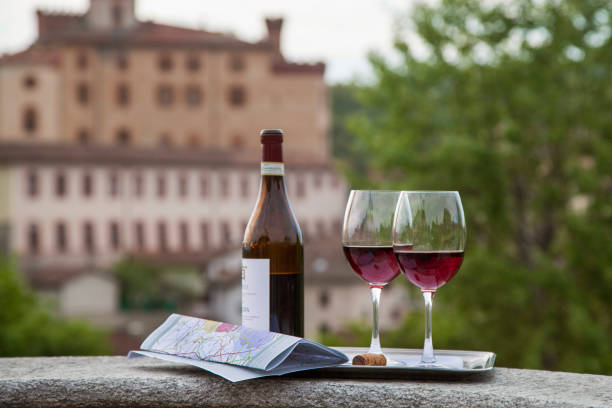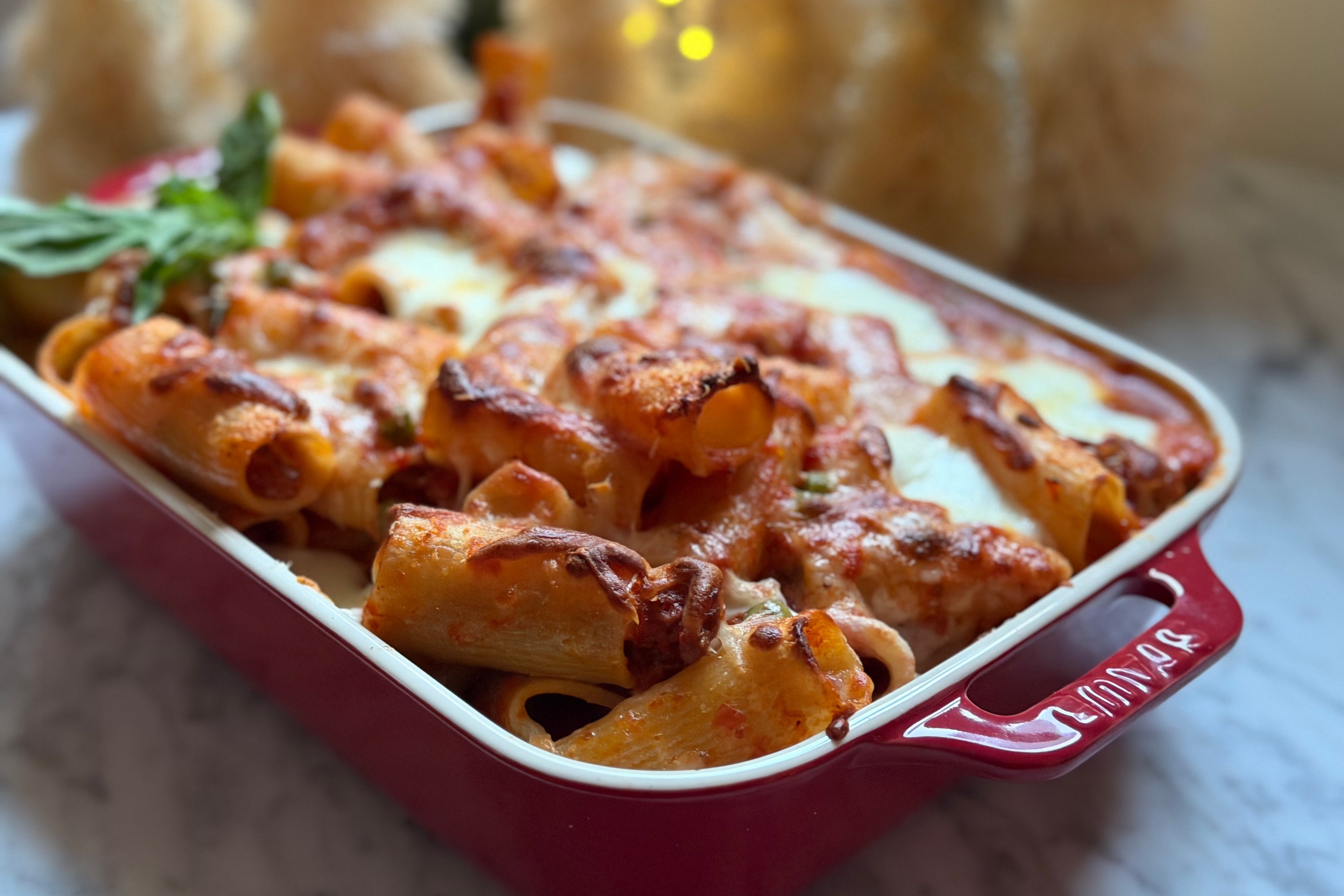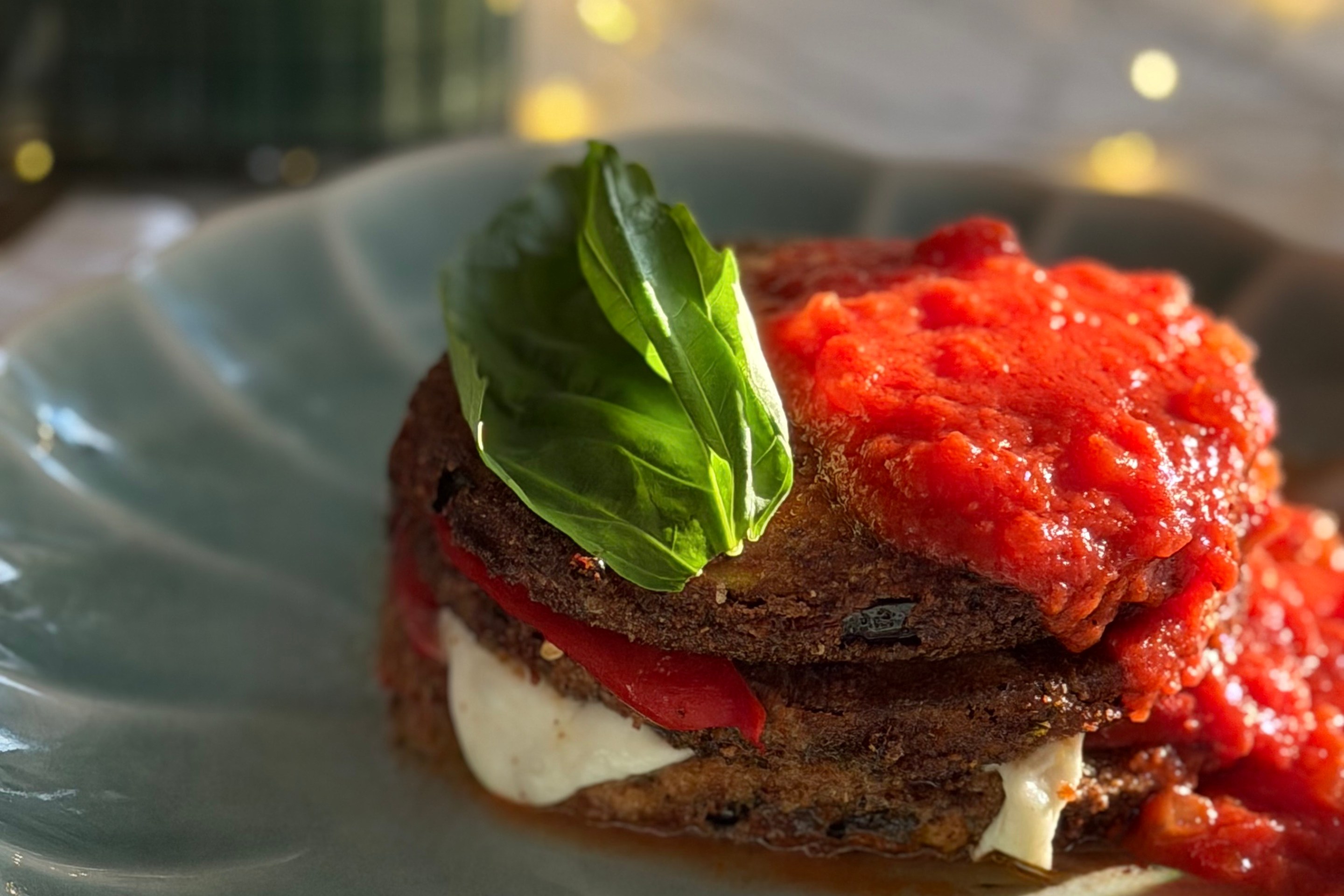Barolo is a commune in the Piedmont region of Northern Italy. Barolo also refers to the noble Italian wine produced in that region. Noble? Yes, indeed. With its history dating back to the 19th century, Barolo is often regarded as the “Wine of Kings'' or the “King of Wines.”
Initially produced as a sweet wine, Barolo as we know it today owes much to Italy’s first Prime Minister and a leading figure in the Unification of Italy, the Count of Cavour, Camillo Benzo. He worked along with his enologist, Pier Francesco Staglieno, to create a dry style of Barolo, which was widely enjoyed and shared amongst members of the aristocracy. By means of top producers like Pio Cesare, Viette, Michele Chiarlo, Francesco and Giuseppe Rinaldi, Renato Ratti, and several others, Barolo has maintained its regal reputation through today.
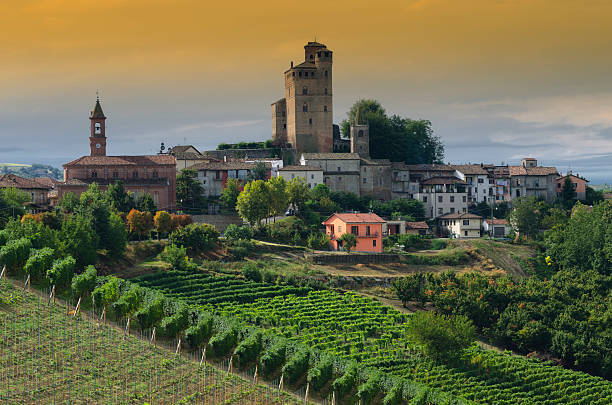
Barolo is produced exclusively from one of Italy’s oldest grapes, Nebbiolo, at vineyard elevations between 550-1800 feet. The name Nebbiolo, or nebbia, is attributed to the fog or thick bloom that infiltrates the hills and engulfs the grape berries. Nebbiolo can be a challenging grape to cultivate, as it is early budding, late-ripening, and very sensitive. However, Nebbiolo is known for its high acidity, robust tannins, and complex flavor profile, which manifests itself differently across Barolo's DOCG subzones—Barolo, La Morra, Castiglione Falletto, Monforte d'Alba, and Serralunga d'Alba (which accounts for 90% of Barolo production). The diverse terroirs (landscapes, soils, and microclimates) of the Langhe definitely have an impact, leading to wines with distinct aromas and flavors. This is exactly the type of wine you want for Holy Week, Pasqua, Easter, Passover, or whatever you celebrate.
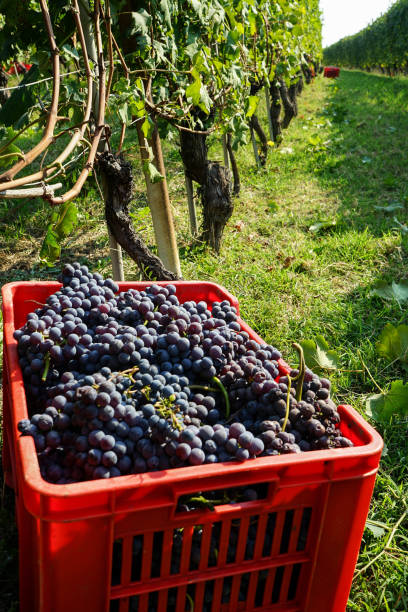
Holy Week Suggestion: Pio Cesare Barolo DOCG
Pio Cesare is a well-known producer located in the historical center of Alba. Since 1881, five generations of their family have been producing quality wines. They own 170 acres of vineyards across multiple different communes of the Barolo and Barbaresco appellations.
Pio Cesare Barolo DOCG is produced from 100% Nebbiolo from their family-owned vineyards in Serralunga d’Alba, Grinzane Cavour, La Morra Novello and Monforte. This wine is traditionally produced by employing the clastic “formula” used by ancient Barolo Families “to produce a wine which embraces and combines each of the unique characteristics of the different vineyards and terroirs of the Barolo area.”
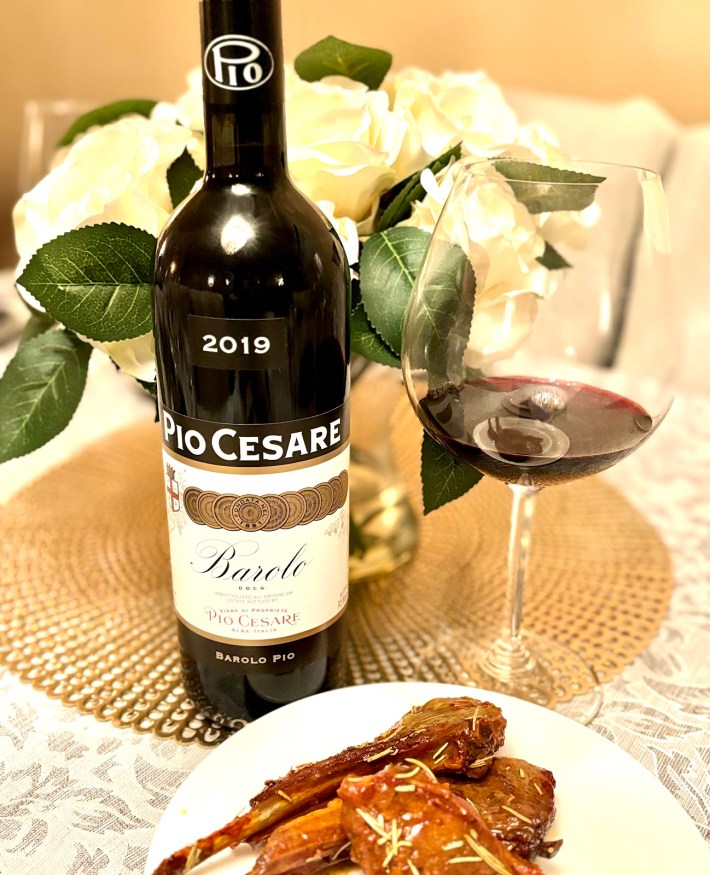
In accordance with regulations, Barolo must be aged for a minimum of 38 months (18 in wood/oak barrels), while a Barolo Riserva undergoes extended aging (minimum of 62 months, 18 in wood). Barolos definitely evolve over time, unveiling more profound layers of complexity. This one is a nice example.
Pio Cesare Barolo is a medium garnet in the glass, although it will lighten naturally with age. The nose emanates floral notes and ripe cherry. The palate exhibits layers of flavor like bramble berries, red cherry, roses, violets, tobacco, and earthy undertones (mushroom). The more you swirl and allow the wine to sit, the more the flavors evolve and the greater the complexity.
As these particular Barolo vineyards are located in Alba, in the eastern part of the appellation, these wines are cultivated in porous sandstone soils, leading to a greater tannic structure and intensity. However, despite being fairly young, this wine already demonstrates great power and depth. Pio Cesare Barolo is well balanced and has lots of life left. 14.5% ABV.
Foods typically consumed during Holy Week include lamb, brisket, and other braised meats. A noble Barolo, such as this one, would pair well with any of these, as well as other rich and flavorful dishes. Aged cheeses, risotto, and truffle-infused dishes also make great companions. I paired my bottle with lamb chops.
Pio Cesare Barolo is definitely a great choice to experience Barolo’s bold structure, nuanced flavors, and unparalleled aging potential.
For Holy Week, drink like a king. Sip a Barolo. Pio Cesare, perhaps.
The Wining Hour is also on Instagram!
